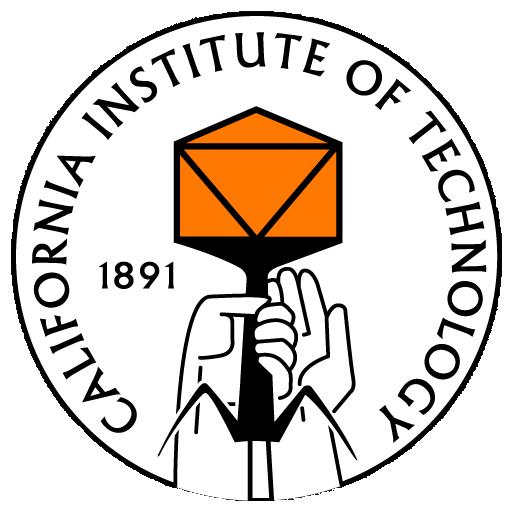Caltech/Project/N
From 2007.igem.org
| (One intermediate revision not shown) | |||
| Line 19: | Line 19: | ||
==Role in Lambda Life Cycle== | ==Role in Lambda Life Cycle== | ||
| - | PL and PR are the first promoters activated during λ infection. N is transcribed from PL, so it acts early in the phage’s developmental cycle. | + | PL and PR are the first promoters activated during λ infection. N is transcribed from PL, so it acts early in the phage’s developmental cycle. N is necessary to transcribe genes necessary for both lysis and lysogeny. In the absence of N, the phage cannot go into either pathway and it will not be infectious. |
| - | + | ||
| - | + | ||
==Original Goals== | ==Original Goals== | ||
| Line 27: | Line 25: | ||
==Status and Future Plans== | ==Status and Future Plans== | ||
| - | + | [[Image:N_results.jpg|center|frame|Results of titering N amber mutant phage on D1210 containing the tet-regulated N construct.]] | |
==Relevant Protocols== | ==Relevant Protocols== | ||
* [[Caltech/Protocols/Titering | Titering]] | * [[Caltech/Protocols/Titering | Titering]] | ||
| - | |||
|} | |} | ||
</div> | </div> | ||
Latest revision as of 03:52, 27 October 2007
iGEM 2007
Home
Highlights
Project
People
Protocols
|



